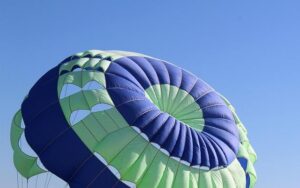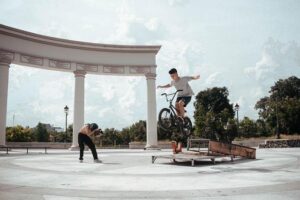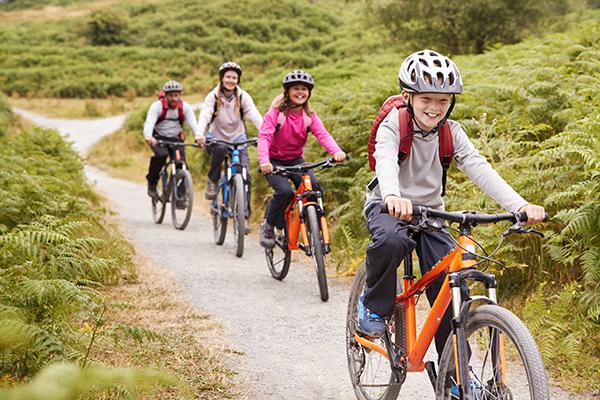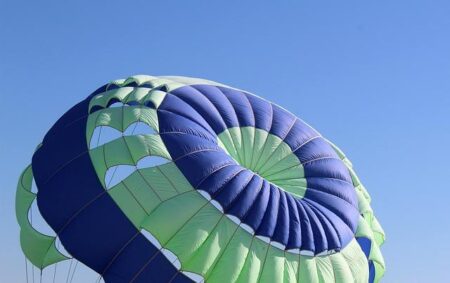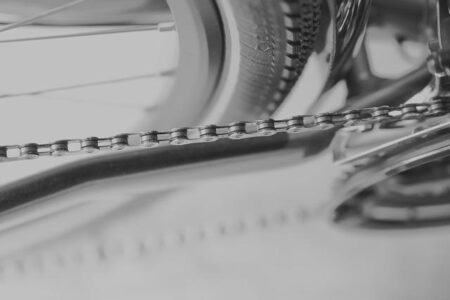In an era where digital distractions dominate our daily lives, many are rediscovering the simple joy of cycling-and with it, a curious sensation: time seems to accelerate when we’re on two wheels. “Time Flies When You’re Riding Bikes” explores this phenomenon, delving into why hours can slip away unnoticed during a leisurely ride or an intense cycling session. From the psychological effects of physical activity to the immersive nature of the open road, this article uncovers how biking not only boosts health and well-being but also alters our perception of time.
The Science Behind Perceived Time Acceleration During Cycling
When you’re cycling, your brain processes sensory input at a rapid pace, leading to a fascinating distortion of time perception. This phenomenon, often described as time “flying,” results from heightened focus and increased dopamine levels triggered by physical exertion and the thrill of acceleration. As cyclists navigate changing environments, their brains prioritize vital information, such as terrain variations and speed, compressing the subjective experience of time. This neurological response is closely tied to the reticular activating system, which modulates attention and sensory awareness, effectively accelerating the internal clock during intense activities.
Several factors contribute to why short cycling sessions feel fleeting compared to sedentary tasks:
- Flow state induction: Immersive engagement leads to reduced self-awareness and altered time tracking.
- Environmental complexity: Diverse and rapidly changing visuals demand more cognitive processing.
- Physiological arousal: Elevated heart rate and adrenaline enhance neural activity.
| Factor | Effect on Time Perception |
|---|---|
| Flow State | Compresses time sensation |
| Visual Stimuli | Increases attentional demand |
| Physical Exertion | Enhances dopamine release |
How Immersive Bike Rides Enhance Cognitive Focus and Enjoyment
Engaging in immersive bike rides transforms a simple exercise into a dynamic mental workout. By fully concentrating on the rhythm of pedaling, shifting gears, and navigating changing terrains, riders naturally sharpen their cognitive focus. This heightened awareness stems from the brain’s need to process multiple sensory inputs simultaneously-from the wind brushing past to the nuanced changes in the environment-creating a state of flow where distractions fade and mental clarity peaks.
Moreover, the enjoyment derived from these rides is amplified by the brain’s reward system, which releases dopamine as cyclists hit milestones or explore new routes. This biochemical boost not only makes the experience pleasurable but also reinforces the habit of regular riding. The benefits can be summarized as follows:
- Improved attention span: Sustained concentration through varying routes and conditions
- Stress reduction: Natural endorphin production during physical activity
- Enhanced memory recall: Engagement with surroundings stimulates hippocampal function
- Increased motivation: Positive reinforcement encourages consistent practice
| Benefit | Effect on Brain | Real-World Impact |
|---|---|---|
| Focused Attention | Heightened neural connectivity | Better multitasking skills |
| Stress Relief | Lower cortisol levels | Improved mood and sleep |
| Memory Boost | Stimulated hippocampus | Easier learning & retention |
| Motivation | Dopamine release | Consistency in workouts |
Expert Tips to Maximize Your Ride and Make Every Minute Count
Making the most out of every ride means being strategic about your preparation and mindset. Start by planning your route ahead, focusing on trails or roads that match your fitness level and interest. Don’t forget to check the weather and pack essentials accordingly – hydration, energy bars, and a basic first-aid kit can be game changers. Keep your bike in top shape with a quick pre-ride checklist: tire pressure, brake responsiveness, and chain lubrication. These simple steps prevent unexpected delays and allow you to immerse yourself fully in the ride without distractions.
Efficiency also comes from managing your energy and tempo throughout the ride. Incorporate interval bursts-short sprints followed by steady pacing-to boost endurance and keep your ride dynamic. Pair this with mindful breathing techniques to stay relaxed. Here’s a quick rundown on interval timing to optimize your workout:
| Interval Type | Duration | Intensity Level |
|---|---|---|
| Warm-Up | 5-10 mins | Low |
| Sprint Burst | 30 secs | High |
| Recovery | 1-2 mins | Low-Moderate |
| Steady Ride | 20-30 mins | Moderate |
- Maintain proper posture: Helps reduce fatigue and improve breathing efficiency.
- Use gear shifts smartly: Preserve momentum and avoid unnecessary strain.
- Stay present: Enjoy the scenery and moments to keep motivation high.
The Way Forward
As the sun sets on another day spent cycling, it becomes clear that time truly flies when you’re riding bikes. Whether for commuting, exercise, or leisure, the rhythmic cadence of pedaling offers more than just physical benefits-it transforms minutes into memorable moments. In an era where every second counts, embracing the simplicity and joy of biking reminds us to slow down, stay present, and appreciate the journey. For countless riders around the world, two wheels remain the timeless vehicle not just for travel, but for truly living in the moment.



